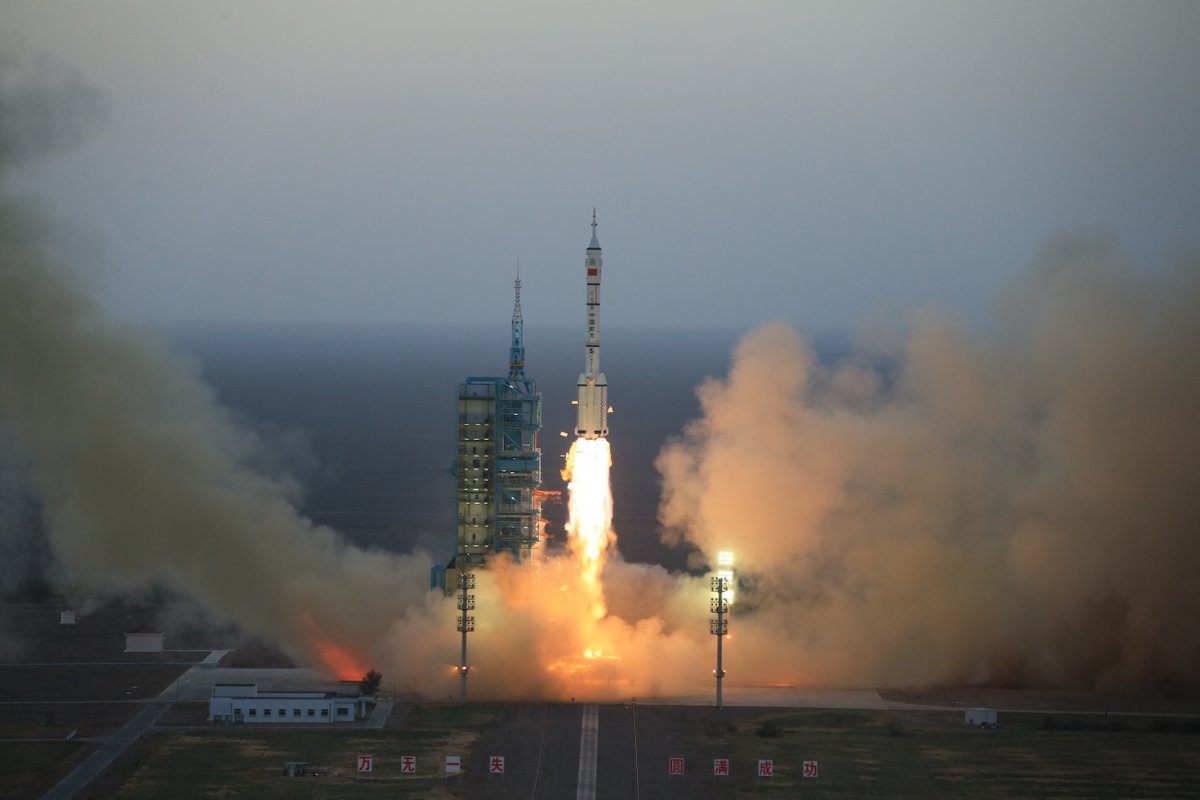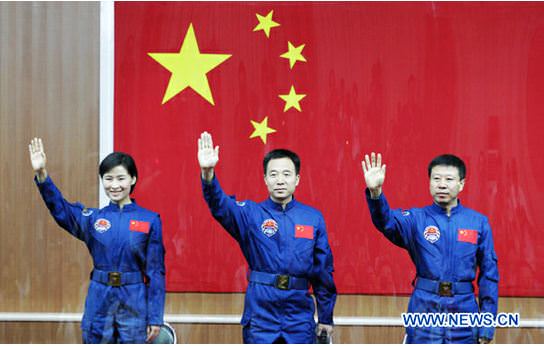On Friday, Sept. 4th, China launched a new and mysterious spacecraft from the Jiuquan Satellite Launch Center. The nature (and even appearance) of the spacecraft remains unknown, but according to statements made by Chinese authorities, it’s a reusable spaceplane. This vehicle is essentially China’s answer to the USAF/USSF X-37B Orbital Test Vehicle (OTV), which made its sixth launch to space (OTV-6) back in late-May.
Continue reading “China’s New Reusable Spaceplane Lands After 2 Days in Space”China’s First Mars Lander is Going to be Called “Tianwen”
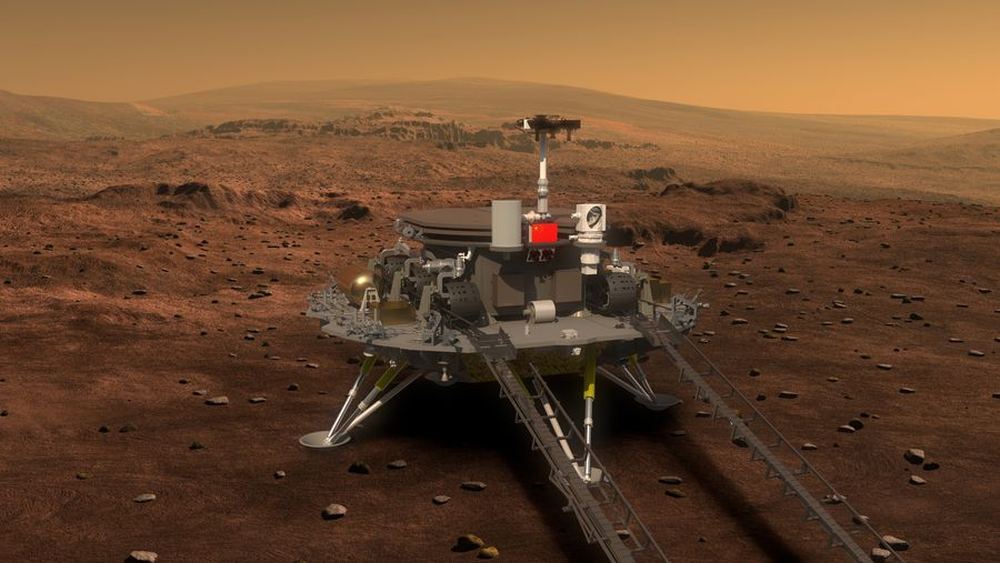
Friday April 24th was China’s “Space Day,” celebrated on the 50 year anniversary of their first satellite launch. This past Friday, China marked the occasion with the announcement of the name for their first Mars Lander: Tianwen.
According to China’s National Space Administration (CNSA), Tianwen translates to “Quest for Heavenly Truth.”
Continue reading “China’s First Mars Lander is Going to be Called “Tianwen””The Impact Site of China’s Longjiang-2 Spacecraft has Been Found on the Moon

On May 20th, 2018, the China National Space Agency (CNSA) launched the Queqiao spacecraft, the vehicle that would deliver the Chang’e-4 mission to the Moon. This vehicle was also responsible for transporting a lesser-known mission to the Moon, known as the Longjiang twin spacecraft. This package consisted of two satellites designed to fly in formation and validate technologies for low-frequency radio astronomy.
While Queqiao flew beyond the Moon to act as a communications relay for the Chang’e-4 lander, the Longjiang satellites were to enter orbit around the moon. On July 31st, 2019, after more than a year in operation, the Longjiang-2 satellite deorbited crashed on the lunar surface. And thanks to efforts spacecraft tracker Daniel Estévez and his colleagues, the Lunar Reconnaissance Orbiter (LRO) was able to photograph the impact site.
Continue reading “The Impact Site of China’s Longjiang-2 Spacecraft has Been Found on the Moon”China’s Tiangong 2 was Destroyed Last Week, Burning up in the Atmosphere Over the South Pacific Ocean
On Friday, July 19th, China’s Tiangong-2 (“Heavenly Palace”) space laboratory successfully entered Earth’s atmosphere under controlled conditions and burned up above the South Pacific Ocean. This marked the successful completion of all of Tiangong-2’s tasks, which constituted China’s second attempt at testing their capability to conduct research and human operations in Low Earth Orbit (LEO).
Continue reading “China’s Tiangong 2 was Destroyed Last Week, Burning up in the Atmosphere Over the South Pacific Ocean”I Didn’t Realize the Scale of Their Rocket Program. China is Planning More than 40 Space Launches in 2018

It’s no secret that China’s growth in the past few decades has been reflected in space. In addition to the country’s growing economic power and international influence, it has also made some very impressive strides in terms of its space program. This includes the development of the Long March rocket family, the deployment of their first space station, and the Chinese Lunar Exploration Program (CLEP) – aka. the Chang’e program.
Given all that, one would not be surprised to learn that China has some big plans for 2018. But as the China Aerospace Science and Technology Corporation (CASC) announced last Tuesday (on January 2nd, 2018), they intend to double the number of launches they conducted in 2017. In total, the CASC plans to mount over 40 launches, which will include the Long March 5 returning to flight, the Chang’e 4 mission, and the deployment of multiple satellites.
In 2017, China hoped to conduct around 30 launches, which would consist of the launch of a new Tianzhoui-1 cargo craft to the Tiangong-2 space lab and the deployment of the Chang’e 5 lunar sample return mission. However, the latter mission was postponed after the Long March 5 rocket that would have carried it to space failed during launch. As such, the Chang’e 5 mission is now expected to launch next year.
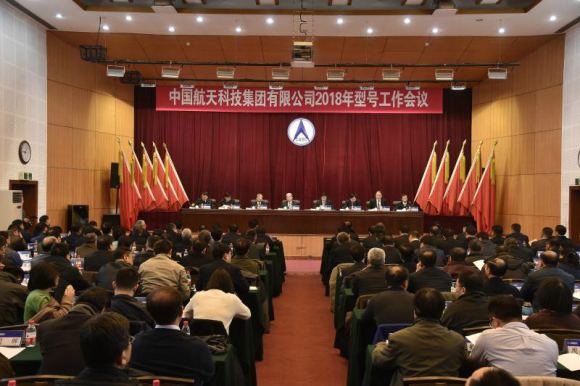
That failed launch also pushed back the next flight of Long March 5, which had conducted its maiden flight in November of 2016. In the end, China closed the year with 18 launches, which was four less than the national record it set in 2016 – 22 launches. It also came in third behind the United States with 29 launches (all of which were successful) and Russia’s 20 launches (19 of which were successful).
Looking to not be left behind again, the CASC hopes to mount 35 launches in 2018. Meanwhile, the China Aerospace Science Industry Corporation (CASIC) – a defense contractor, missile maker and sister company of CASC – will carry out a number of missions through its subsidiary, ExPace. These will include four Kuaizhou-1A rocket launches in one week and the maiden flight of the larger Kuaizhou-11 rocket.
In addition, Landspace Technology – a Beijing-based private aerospace company – is also expected to debut its LandSpace-1 rocket this year. In January of 2017, Landspace signed a contract with Denmark-based satellite manufacturer GOMspace to become the first Chinese company to develop its own commercial rockets that would provide services to the international marketplace.
But of course, the highlights of this year’s launches will be the Long March 5’s return to service, and the launch of the Chang’e 4 mission. Unlike the previous Chang’e missions, Chang’e 4 will be China’s first attempt to mount a lunar mission that involves a soft landing. The mission will consist of a relay orbiter, a lander and a rover, the primary purpose of which will be to explore the geology of the South Pole-Aitken Basin.
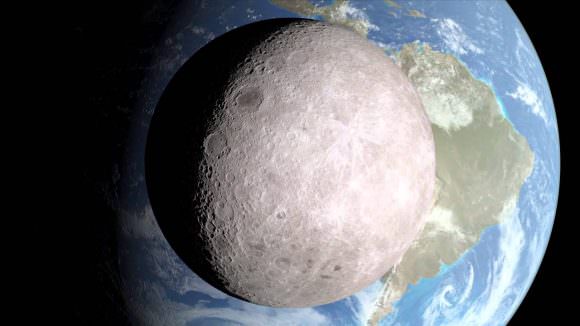
For decades, this basin has been a source of fascination for scientists; and in recent years, multiple missions have confirmed the existence of water ice in the region. Determining the extent of the water ice is one of the main focuses of the rover mission component. However, the lander will also to be equipped with an aluminum case filled with insects and plants that will test the effects of lunar gravity on terrestrial organisms.
These studies will play a key role in China’s long-term plans to mount crewed missions to the Moon, and the possible construction of a lunar outpost. In recent years, China has indicated that it may be working with the European Space Agency to create this outpost, which the ESA has described as an “international Moon village” that will be the spiritual successor to the ISS.
The proposed launch of the Long March 5 is also expected to be a major event. As China’s largest and most powerful launch vehicle, this rocket will be responsible for launching heavy satellites, modules of the future Chinese space station, and eventual interplanetary missions. These include crewed missions to Mars, which China hopes to mount between the 2040s and 2060s.
According to the GB times, no details about the Long March 5’s return to flight mission were revealed, but there have apparently been indications that it will involve the large Dongfanghong-5 (DFH-5) satellite bus. In addition, no mentions have been made of when the Long March 5B will begin conducting missions to Low Earth Orbit (LEO), though this remains a possibility for either 2018 or 2019.
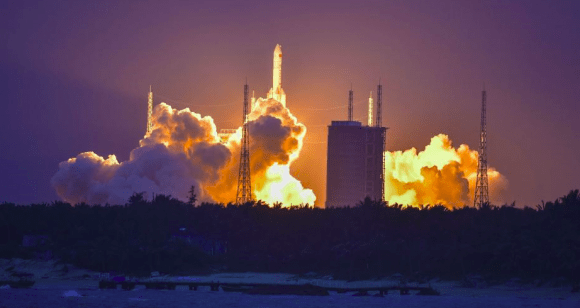
Other expected missions of note include the deployment of more than 10 Beidou GNSS satellites – which are basically the Chinese version of GPS satellites – to Medium Earth Orbits (MEOs). A number of other satellites will be sent into orbit, ranging from Earth and ocean observation to weather and telecommunications satellites. All in all, 2018 will be a very busy year for the Chinese space program!
One of the hallmarks of the modern space age is the way in which emerging powers are taking part like never before. This of course includes China, whose presence in space has mirrored their rise in terms of global affairs. At the same time, the Indian Space Research Organization (IRSO), the European Space Agency, JAXA, the Canadian Space Agency, the South African Space Agency, and many others have been making their presence felt as well.
In short, space exploration is no longer the province of two major superpowers. And in the future, when crewed interplanetary missions and (fingers crossed!) the creation of colonies on other planets becomes a reality, it will likely entail a huge degree of international cooperation and public-private partnerships.
Further Reading: GB Times, Space China
China Plans To Open Doors To Foreign Astronauts: Report
China’s human spaceflight program may soon be opening the door to foreign astronauts. The Asian nation has so far been forging ahead with a small space station and its own flights, independent of the multinational collaboration taking place with the International Space Station, although it has done work with Russia and France.
Last week, however, a Chinese official said the country is considering bringing foreign astronauts on board its spacecraft and also providing training for them.
“We would like to train astronauts from other countries and organizations that have such a demand, and we would be glad to provide trips to foreign astronauts,” said Yang Liwei, deputy director of China Manned Space Agency, in a report from China Daily.
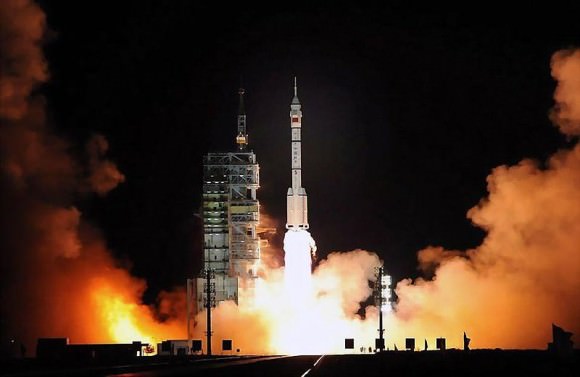
“We will also welcome foreign astronauts who have received our training to work in our future space station.”
Yang’s remarks came at the United Nations/China Workshop on Human Space Technology. The director also pointed out that European astronauts have visited the Chinese facilities, and vice versa, which could point the way forward to more work between the nations.
China’s most recent spaceflight took place in June. Shenzhou 10 docked with a small space station in orbit (Tiangong-1.) The country is reportedly planning a larger space station in the coming years and possibly, some manned lunar missions.

